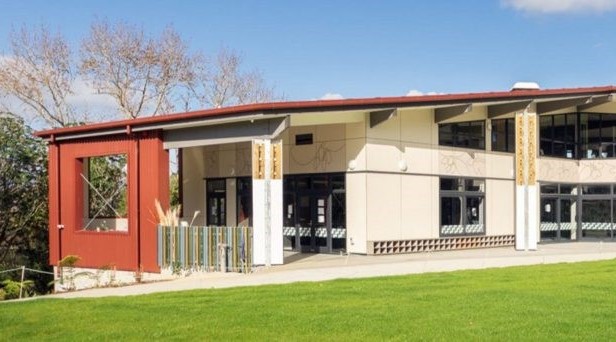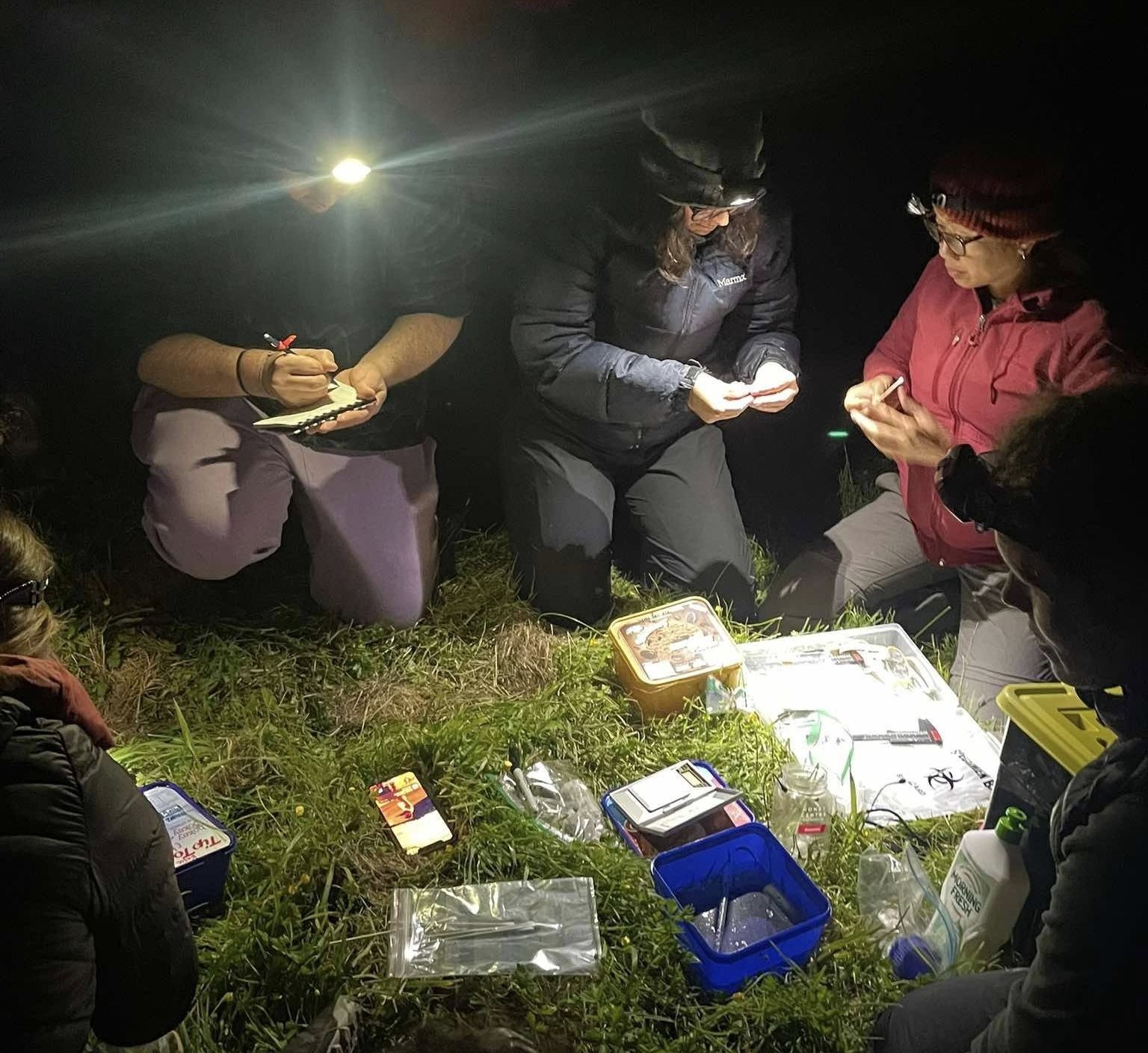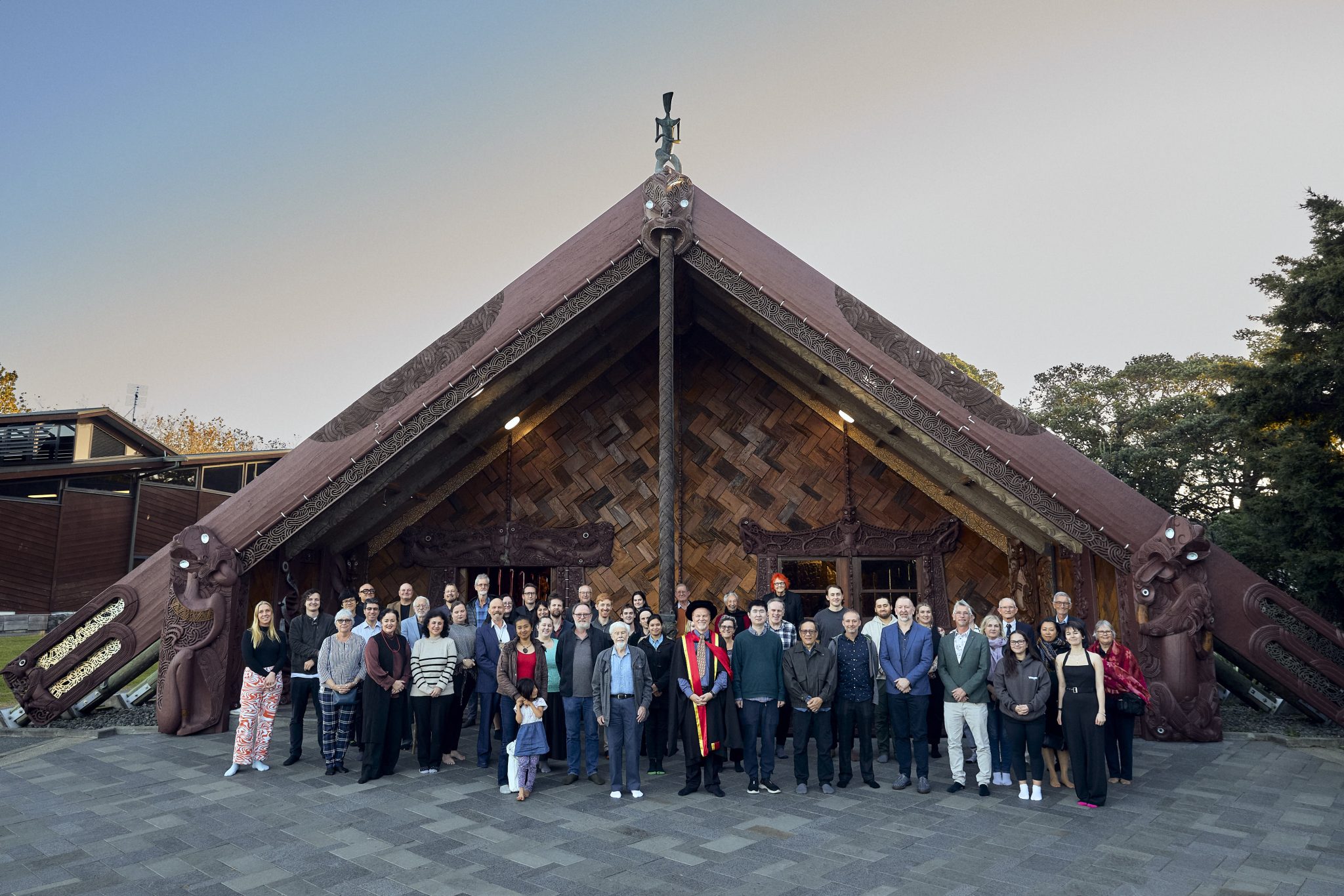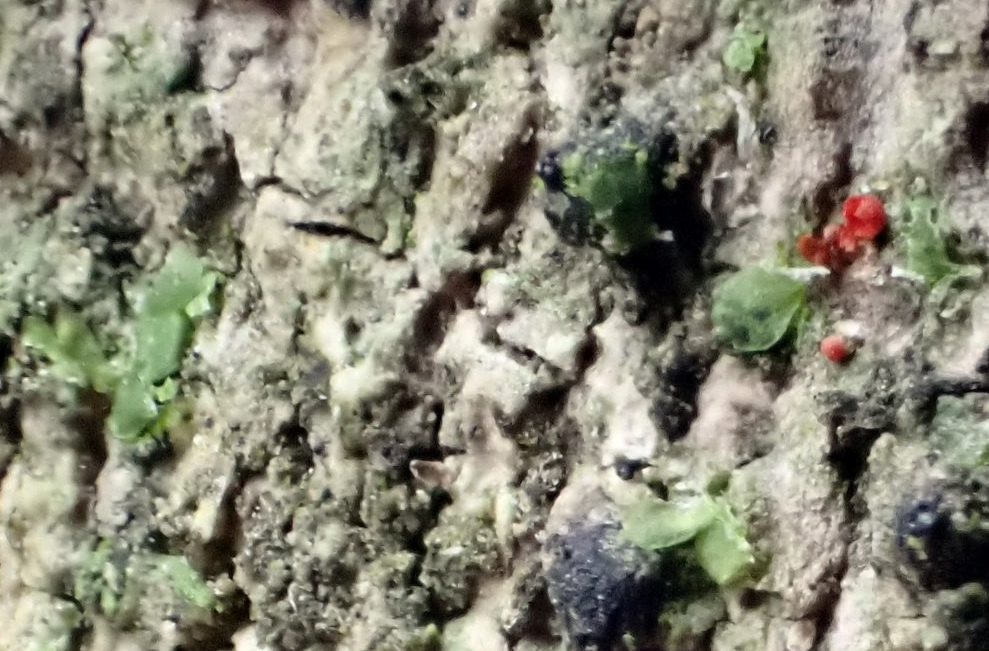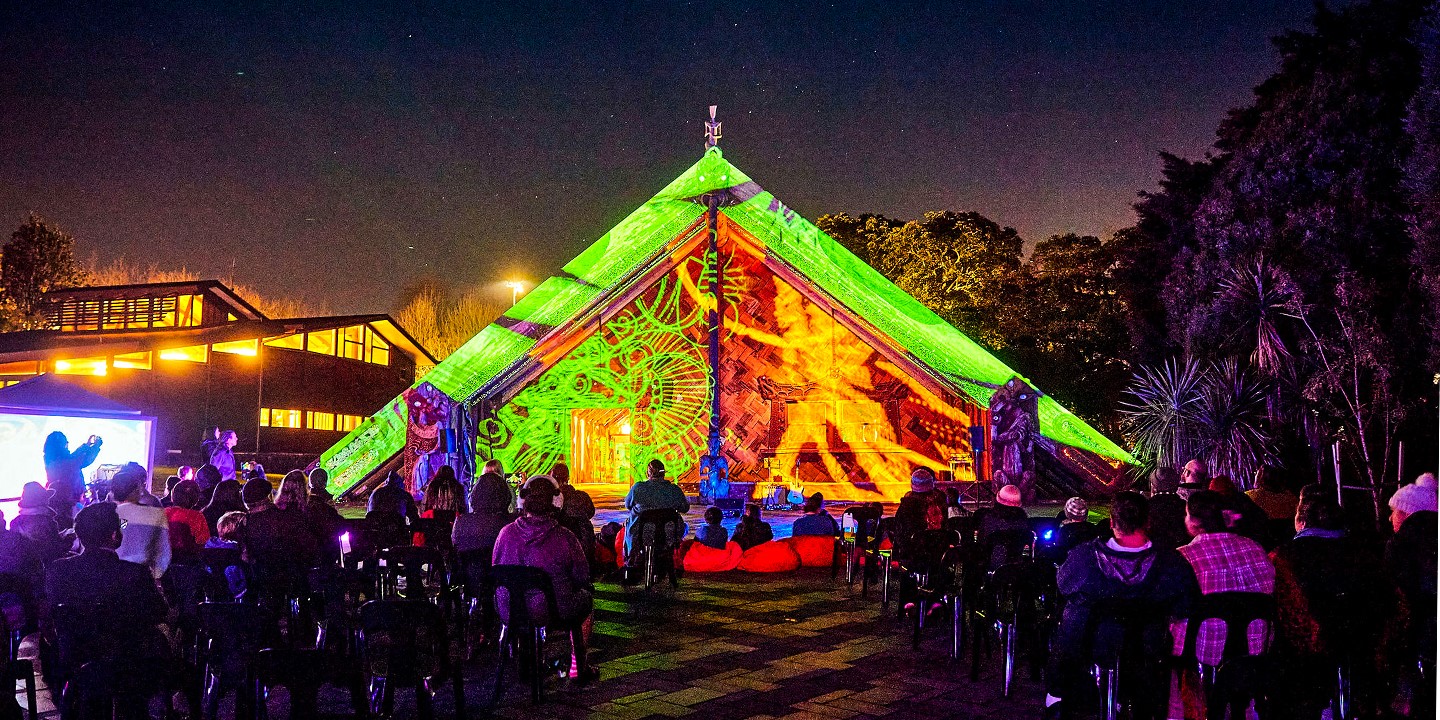Guest post by Cat Mitchell
Ngā Wai a Te Tūī, Māori and Indigenous Research Centre
Classroom design has undergone fundamental change in recent years. In the past, most of the classrooms built could be described as ‘single-cell’ structures designed for individual class groups and a single teacher. However, following international trends, the Ministry of Education now primarily builds larger and more-flexible classroom spaces that can accommodate multiple class groupings and a number of teachers. The establishment of modern learning environments (MLEs) or flexible learning spaces (FLSs), as they are often referred to as, is based on a recognition that spatial design can play a key role in learning and teaching. At the same time as these developments, Aotearoa has also seen significant growth in the numbers of Māori and non-Māori learning te reo Māori, including within English-medium schools. Indeed, a study published in 2019 found that there had been a 21% increase in the number of Māori students undertaking Māori-language learning between the years of 2008 and 2018, and even larger growth in the numbers of non-Māori (47%) learning te reo during the same period (Murphy et al., 2019). In this time of considerable growth, there are questions about how schools are responding to the demand for te reo Māori and the ways in which students are being engaged in language-learning pathways. Despite the significance of the MLE design and the rise in the numbers of students learning te reo, there has been little research that explores the intersection of these pedagogical and spatial developments.
In light of this, a project funded by the Teaching and Learning Research Initiative (TLRI) (2021–23) led by Professor Jenny Lee-Morgan has been initiated. This two-year kaupapa Māori research project investigates the ways that two Māori-medium (bilingual and full immersion) pathways work together in a newly built flexible learning space to progress te reo Māori and the aspirations of whānau. Utilising a pūrākau case-study approach, the research team, which includes Ruia Aperahama, Jo Gallagher, Dr Jo Mane and Dr Hinekura Smith, are undertaking 40 interviews at Newton Central School with learners, teachers, whānau and management. Drawing on a range of interviewee perspectives is important to provide broad insights into the learning experiences of students and to offer understandings about how Māori MLEs successfully facilitate dual Māori-medium pathways. This is critical research, as Professor Jenny Lee-Morgan says, because “whānau and schools continue to grapple with the best pathways to support Māori-language learning in mainstream schools. Due to a lack of information and research … whānau often struggle to get it ‘right’, something that can have a major impact on school and whānau time, and sometimes impacting on student experiences and outcomes.” As Professor Lee-Morgan makes clear, research such as the current project is greatly needed to ensure that teaching pedagogy within these new learning spaces is underpinned by a sound knowledge base, and that our children are being provided with the best Māori-language learning experiences possible.
Reference:
Murphy, H., Reid D., Patrick, A., & Bradman L. (2019). Whakanuia te reo kia ora: Evaluation of te reo Māori in English-medium compulsory education. Te Taura Whiri i Te Reo Māori.
